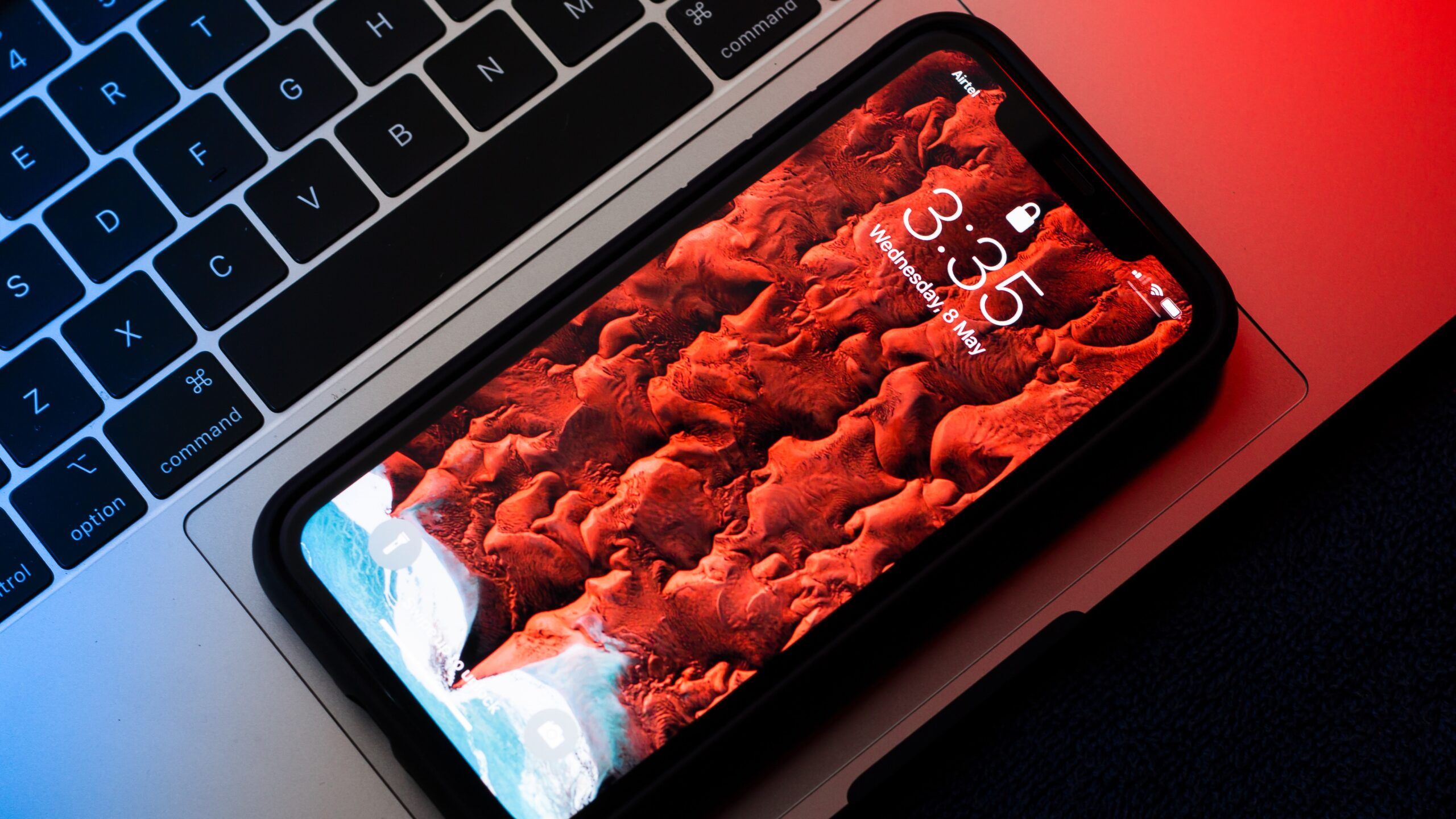Insights & Updates
Automatic OTP Verification in iOS: Enhancing User Experience and Security
Security
In the contemporary digital ecosystem, ensuring the security and user convenience of mobile applications is critical. One-Time Passwords (OTPs) have become an essential component in safeguarding user accounts, providing a dynamic layer of verification to protect against unauthorized access. The advent of Automatic OTP verification in iOS has noticeably streamlined the authentication process. This article provides a thorough examination of Automatic OTP verification in iOS, tailored for a tech-savvy readership, underlining its significance, the technology underpinning it, and its implementation.
Understanding Automatic OTP Verification in iOS
What is OTP and Why is it Crucial?
OTP, or One-Time Password, is a unique, time-sensitive code dispatched to a user’s mobile device. The transient nature of OTPs ensures a heightened security level for various transactions Understanding OTPs. iOS’s OTP autofill feature greatly simplifies two-factor authentication by automatically recognizing and inputting the code.
The System Behind OTP Autofill in iOS
On receiving an OTP via SMS, iOS can detect the code and propose it for autofill. By streamlining this process, iOS significantly minimizes user input errors and accelerates authentication. Developers can learn more about this feature and its benefits on Apple’s Developer Portal.
The Framework for Automatic OTP Verification in iOS
The SMS Criteria for OTP Detection
For optimal functioning of this feature, the SMS must be structured properly. Apple provides guidelines on formatting OTP SMS to ensure compatibility with the autofill feature Apple’s SMS Format Guidelines.
Privacy and Permission in OTP AutoFill
Privacy is at the forefront of iOS design. The OTP autofill feature is constructed to protect user data, with access to SMS being strictly regulated. The system’s privacy-centric approach is detailed in Apple’s Privacy Overview.
Executing Automatic OTP Verification in iOS
Configuring UITextField for OTP
iOS developers can enable OTP autofill by setting the contentType of a UITextField to .oneTimeCode. Apple’s comprehensive documentation provides an in-depth explanation of the implementation Implementing TextField OTP Autofill.
Personalizing the OTP Interaction
iOS allows customization of the OTP verification process, enabling developers to craft an intuitive and brand-aligned user interface. Get familiar with the customization options on Customizing the User Interface.
Automatic OTP Verification in iOS: Best Practices
Intuitive User Interface Design
Despite automation, an intuitive user interface is imperative. The design principles can be refined by consulting Apple’s Human Interface Guidelines.
Seamless User Journey
iOS’s automatic OTP verification should be a fluid part of the overall user experience. Strategies for creating seamless user flow can be found on resources such as Creating a Seamless User Flow.
Consistent Testing of the OTP Feature
Regular testing ensures the robustness of the automatic OTP verification feature, an aspect that can be further explored through Effective Testing Practices.
Elevating User Experience Through iOS OTP Verification
The introduction of Automatic OTP verification not only bolsters security but also greatly enhances the user experience by eliminating the need to manually transfer OTPs from text messages to apps. Learn more about improving user experience on Improving User Experience in Apps.
The Security Aspect of iOS OTP Verification
Balancing Convenience and Security
iOS’s OTP feature successfully merges user convenience with strong security. The security aspects of iOS’s approach are expounded in iOS’s Security Framework.
Defending Against Security Exploits
Apple continually updates its systems to guard against vulnerabilities, a topic discussed in various security forums, including Apple Security Updates.
Future Directions for iOS OTP Verification
The technology behind OTP verification is constantly advancing, promising more refined solutions in future iOS updates. The prospective directions of iOS features can be monitored at What’s New in iOS.
Wrapping Up
Automatic OTP verification in iOS is a testament to the fusion of design thinking with stringent security protocols in modern technology. This innovation stands as a testament to Apple’s commitment to user security and ease of use. To stay abreast of the dynamic intersections between technology and user experience, visit Apple’s Newsroom.
Enhancing the security measures while ensuring a positive user experience is a continuous pursuit in the tech realm. The implementation of Automatic OTP verification in iOS is a perfect example of this endeavor. As we look forward to advancements in this space, we invite our readers to engage with other relevant discussions on mobile technology and security present on our platform.